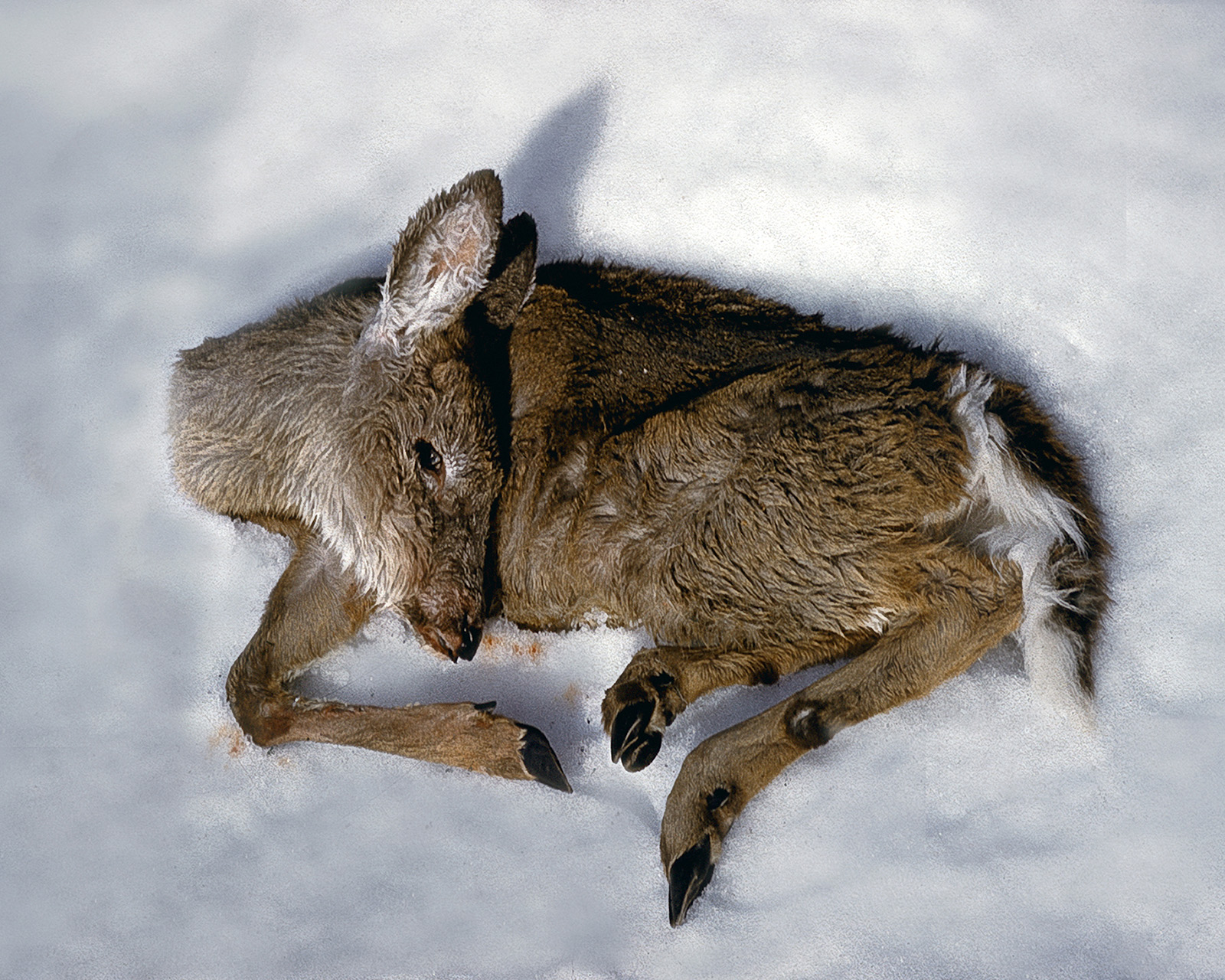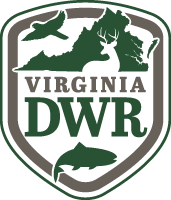By Dr. Leonard Lee Rue III for Whitetail Times
Photos by Dr. Leonard Lee Rue III
There is no arguing that climate change is occurring and that its increase is due to man’s activities, particularly the burning of fossil fuels. And that means that every one of us is contributing to the increase by one means or another whether we realize or admit it, or not.
I heat my home with wood and have done so for most of my life. My outdoor wood-burning furnace is very efficient but if some of the wood being burned is damp it will smoke and that can be seen. I know that it puts out some carbon particles because I can see fine pieces of soot up on the roof. Most of the wood that I burn is from trees that have died and if those trees were not burned, they would give off carbon dioxide as they rotted; all I’m doing is speeding up the process by burning them. In the summer I use the oil burner to heat the water, which of course is burning fossil fuels. When the house was built, I had it equipped with electric heat, but that was far too expensive and the electricity was produced by a plant using coal.
I offset my contribution to carbon by having most of my land in forests that pull carbon dioxide out of the air. I plant tons of rye and wheat throughout the woodlands as food for my deer and the plants also pull the carbon out of the air, so I probably have a net negative impact on my carbon allotment.
Wildlife can only expand its range under favorable conditions, and I have seen many species of birds, animals, and plants greatly expand their ranges northward over just the span of my lifetime, which is 90 years.
The latest report from the U. S. Global Change Research Program documents that the temperature has risen an average 1.5 degrees Fahrenheit in the country over the past couple of decades. That figure is for year-round averages, but the winter temperatures in the midwest and up north are 7 degrees warmer. That doesn’t seem like much, but it has allowed the white-tailed deer to expand its range northward more than 300 miles in the last 50 years. On a trip to Alaska in 2002, I saw whitetails just 5 miles south of the Yukon border in British Columbia on the Coal River. Because the white-tailed deer is one of the most adaptive of all animals, its population and range will undoubtedly increase even further due to a warmer climate.
In the winter of 1960-61, when I was Chief Gamekeeper for the Coventry Hunt Club, we had 63 inches of snow with about 30 inches that was constant on the ground and lost hundreds of deer through starvation. We had 96 inches of snow in the winter of 1996, but most of it melted rapidly so there was little depth accumulation and almost no starvation. What the warmer weather means is that with less severe winters the deer can move about more readily. Although they are on a restricted diet, they do need to eat and with less snow they are able to find more food; there will be less starvation.

We learned from our author that in his home state of New Jersey during the winter of 1960-61, they experienced 63 inches of snowfall. He said, “Hundreds of deer were lost to starvation.” With the milder winters we have experienced in recent years, losing deer to starvation has not been a concern.
It is projected that much of the anticipated increase in moisture falling on the Northeast will come down as rain instead of snow. What that also means is that much of the rain that falls in the winter may cause severe icing and tree damage, as is already common in many areas. Although that causes great hardship for us humans, it is beneficial to the deer because of tremendous amount of food that the treetops provide for the deer that they could not ordinarily reach. More food and less cold in the winter mean less stress for the does so that their fawns are born with greater body weight and their survival will be greater. With bucks getting more food over the winter, they too come through in better shape and don’t have to play catch up in the spring and should have bigger, better antlers. All of this points to a higher population of deer.
However, one paragraph in the report really caught my attention. “TANSTAAFL”, meaning “there ain’t no such thing as a free lunch.”
Quoting directly from the report “While rising atmospheric carbon dioxide concentration increases forage quantity, it has negative impacts on forage quality because plant nitrogen and protein concentrations often decline with high concentrations of carbon dioxide. This reduction in protein reduces forage quality and counters the positive effects of carbon dioxide enrichment on carbohydrates. Rising carbon dioxide concentration also has the potential to reduce the digestibility of the forage that are already of poor quality.” What this means basically is that warmer temperatures will increase plant growth, but it will be of poorer quality. So the deer will have to eat more of it and will get less protein in the spring when they need it for growth, but it will be of benefit in the fall when they need the carbohydrates for fat accumulation. Deer on depleted ranges will get less benefit overall because the foodstuffs cannot be digested properly, a negative impact. Another case of the poor getting poorer.
Most of the Boone and Crockett whitetail record heads have been taken in the northern tier of the United States, with the current world record coming from Saskatchewan, Canada in 1992. This trend will increase as the warming temperatures will allow the Canadian deer to increase exponentially in both population and antler size. Many of our midwestern states have been producing mighty fine bucks, but the warming trend will have an adverse effect upon those areas and their deer. Many of the states west of the Mississippi River are already experiencing dryer conditions and projected increasing drought conditions and increased evaporation rates will retard vegetative growth denying the deer the food they need to reach their potential.
So, while the deer will be able to extend their range in many areas, they will also experience a contraction in some areas as the water dries up because you will not find whitetails more than a mile from water. The vegetation types will also change dramatically and dryer conditions favor more of the invasive species that the deer don’t eat. The higher evaporation rate in the Southwest will cause more water vapor to form but will not benefit that area as the vapor will be carried in a northeasterly direction by the wind and that will produce more and heavier rain in the northeastern states. Warmer weather means that most of our northern deer will not have to yard up as they have had to do to survive.
Warmer weather will delay the fall frosts, which will extend the life of the biting midges that cause the epizootic hemorrhagic disease in deer. In 2007, more than 65,000 deer were killed by the disease, and it was found farther north than was usual. With increasing temperatures, the range of the disease will move ever farther north and the timing and severity will be greatly increased. What is true for the midges will be equally true for all the other insect vectors that cause not only diseases, but outright misery to the deer.
Dr. Leonard Lee Rue III has been a mainstay for Whitetail Times and he continued writing his regular column until his passing in November 2022. WT continues to publish his work thanks to kind permission by his wife Uschi.
©Virginia Deer Hunters Association. For attribution information and reprint rights, contact Denny Quaiff, Executive Director, VDHA.



